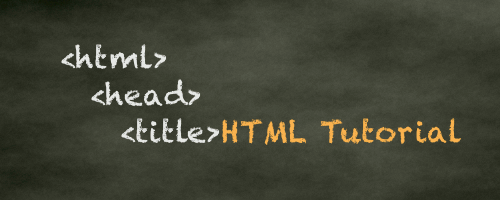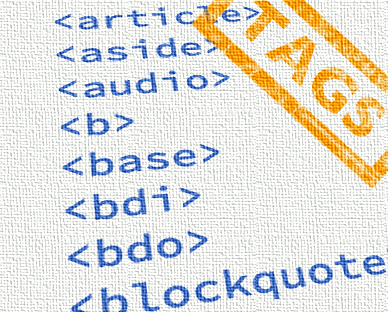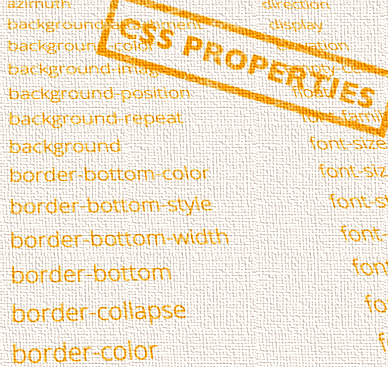HTML Popup Window Code
Here's how to create a popup window in HTML. You can use the following HTML code to create a popup window within your website or blog. Simply copy, paste, and change the values to suit.
Example HTML Popup Window Code:
<script type="text/javascript">// Popup window codefunction newPopup(url) { popupWindow = window.open( url,'popUpWindow','height=300,width=400,left=10,top=10,resizable=yes,scrollbars=yes,toolbar=yes,menubar=no,location=no,directories=no,status=yes')}</script><p><a href="JavaScript:newPopup('/javascript/examples/sample_popup.cfm');">Open a popup window</a></p>This example actually uses JavaScript code for the popup window. You can also open a new window using HTML code without JavaScript (although using the HTML method, you aren't able to specify how the window will look). To open a new window using HTML, see HTML Open New Window.
Automatically Center Your Popup
The following page has code for automatically centering your popup in the middle of the users' window, as well as other little snippets of code.
If you need to automatically center the popup on the screen, check it out.
HTML Reference
-

HTML Tutorial
Free HTML tutorial that explains how to code in HTML.
This tutorial explains what HTML elements and attributes are, and how to use them.
I explain the basics, such as what you need in order to write HTML and how to create your first web page.
I then cover other HTML topics including tables, adding color, images, forms, image maps, iframes, meta tags, and more.
I also explain the difference between HTML and CSS (and when to use each one).
Go to HTML Tutorial -

HTML Tags
Full list of all HTML elements.
This is an alphabetical list of HTML elements, linking to a full page of details for each element.
All elements are based on the official HTML5 specification, and include usage notes, full attribute list, as well as links to the various specifications for each element (i.e. HTML4 spec, HTML5 spec, WHATWG spec).
Go to HTML Tags -

CSS Properties
Full list of CSS properties.
Alphabetical list of CSS properties as per the W3C specifications.
CSS stands for Cascading Style Sheets. CSS is the standard way to style web pages.
You can use CSS to set the style for a whole website in one place. CSS allows you to set colors, fonts, widths, heights, margins, padding, and much more.
Go to CSS Properties